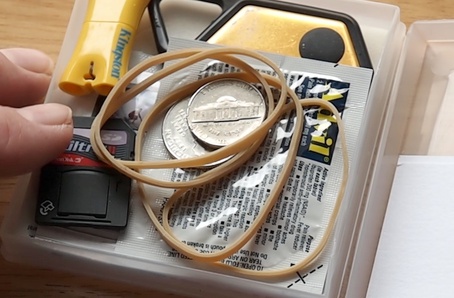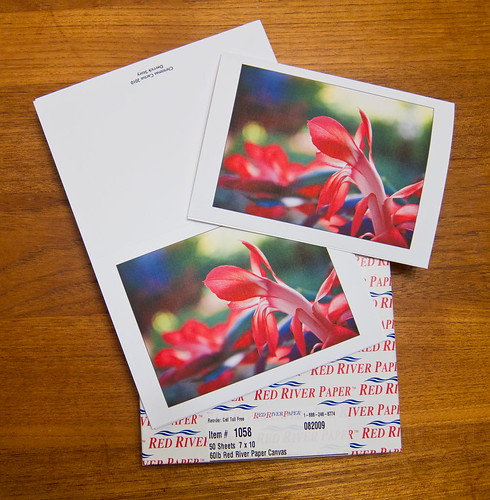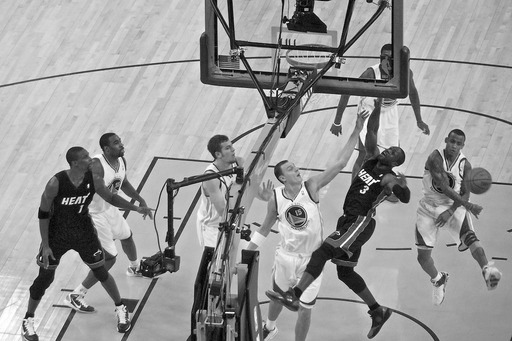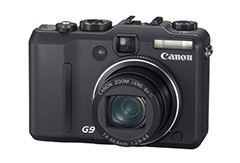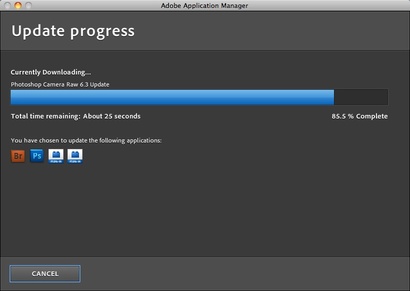
Looking to add a new lens to your DSLR kit? You might enjoy browsing a site called LensHero. To get started, you enter the type of camera you're using and the amount of money you have to spend (you may want to consult your spouse beforehand). Then pick the category of glass that interests you, such as macro, wide angle, telephoto, fisheye, low light, etc.
LensHero then presents you with lenses that meet your criteria, complete with specs, pricing, user reviews, and of course, a link to buy. I enjoyed just seeing what types of lenses were available for my Canon 60D, and how much they cost. I like the low light options myself.
So, for fun, or for serious shopping, you might want to visit LensHero.
